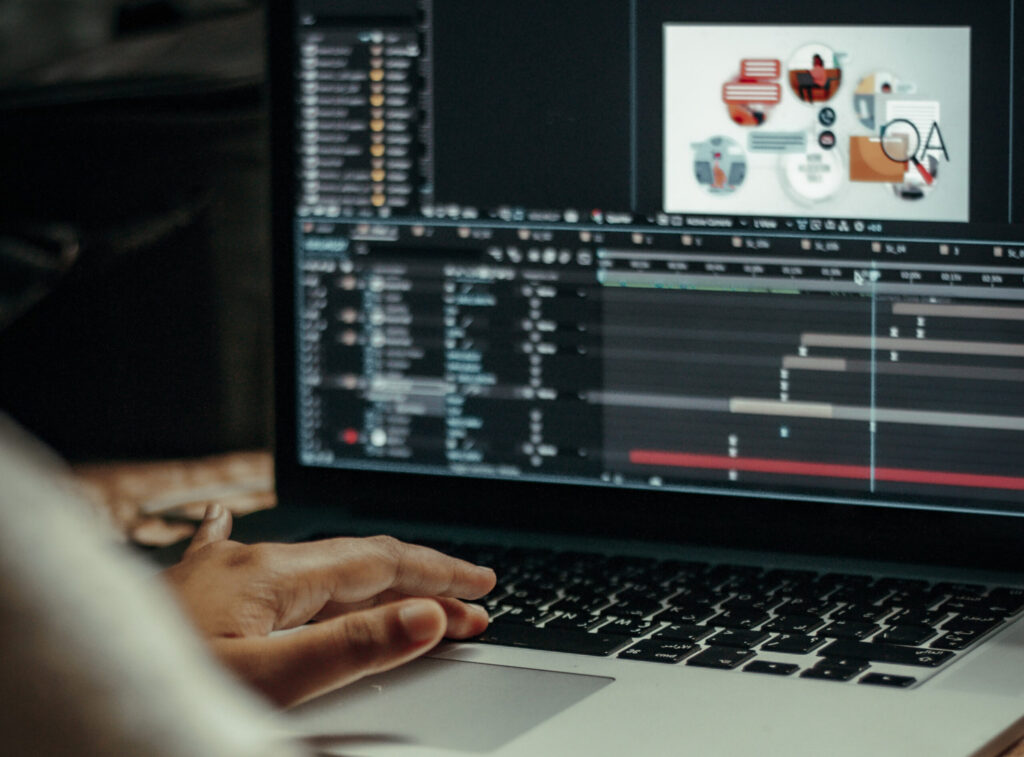The shift to virtual collaboration requires updating old processes
Tremendousness puts great care into constantly analyzing our work processes and finding areas for improvement. Everyone here has multiple skills, allowing us to jump in on different projects. This is especially important in a project’s earlier stages and in handoffs between phases.
Much of the world has been working remotely in some way for the past three years. Some offices are returning to “before” states, some have completely rethought things, and some are taking hybrid approaches. Any solution has its limitations, and some also provide great opportunities for a company to advance how it works. Pre-COVID, we used a hybrid model: some people came into the office every day, some most days, and the rest were distributed around the country.
For us, the shift to full virtual first meant more asynchronous online communication and fewer face-to-face meetings. When it became safer, we opened our office back up and let people come in whenever they felt like it. Some people did, some didn’t. Then we suggested coming in on certain days if you wanted, in order to make it more likely that folks would actually be together in the same space at the same time. Finally, we realized we were doing just fine without a physical office space (I actually worked remotely pre-pandemic). You lose some personal connections, but because we had a lot of virtual collaboration experience we were able to adjust our work just fine.
But a couple types of meetings have proven to be absolute necessities and have improved our processes. First, we now frequently get different designers to work together on early visual and narrative concepts. This means more than one creative team member understands the project right from the start and that can help avoid problems down the line—especially in handoffs from phase to phase. We end up with smarter, better vetted designs and it helps more people feel more connected to the client and content. It also emphasizes remote collaboration and creative cooperation, helping to uncover our different skills and show the unique value each of us can bring.
Second, we make sure to do a warm handoff between phases. Sure, some well-defined or repeat projects don’t need it but most benefit from the insights shared. And it works even better when more than one person is able to do the handoff, should the lead designer have a conflicting meeting.
A specific example can be seen in the process for creating animated videos. The stages of a video project include discovery, script, storyboards, illustration, and, finally, animation. During each of these stages, we seize every opportunity to collaborate, save time, think ahead, be strategic, and support our coworkers before the project is handed off to them. Here’s a peek…
- When a draft script with critical visual notes is ready, and has been reviewed by the project strategist, writers ask storyboarders to read through the narrative and edit/add visual concept notes. This helps give the client an idea of how the story will come to life and makes clear what will be covered visually versus in voiceover. And everyone gets a stronger sense of potential art and motion that will help tell the story, inspiring better and more innovative ideas.
- Once a script is client-approved, we move to storyboarding. This generally always requires a meeting to do the handoff. The storyboarder needs the insights the writer has, not just the content. It’s also important for a visual style to be selected by the client before entering this stage. That helps the storyboarder because they can then sketch the visuals with that style in mind, which leads to the most appropriate, clear, and/or clever storyboard concepts.
- Storyboard complete, the team pulls in the animator to give feedback on what is actually possible with the budget, software, and skills we possess. This collaboration is done through Zoom call, and is embellished with notes in the storyboard. Doing this enables storyboarders to avoid complex or out-of-scope motion concepts that an animator may not be able to implement.
- And that animation insight is a big time-saver for the illustrator, too! When an animator has pointed out what imagery and sequences can be executed in animation rather than illustration, we avoid wasting time. So the handoff from the storyboarder to the illustrator includes thoughts and insights from the person responsible for the previous phase (storyboarding) and the next phase (animation). The illustrator can then build out the visuals in a way that best reflects the goals of the storyboard as well as helps the animator organize and rig the art when the illustration files are sent to them.
Of course, a creative director should review each piece of work before it goes to the client and moves to the next phase. That’s a historical given, but we’re suggesting that every person involved deserves that kind of attention because every handoff should have a bit of the story behind the story—client preferences, ideas that have already been shot down, etc.
Virtual collaboration has helped Tremendousness value these collaborative conversations even more than before, and the results speak for themselves. Distributed work is the present and future of more and more companies and that means your deeply embedded processes may need to change to keep your work at a high quality. But these improvements will help your team to grow from the remote experience rather than resent the inefficiencies created by doing things the old way in a new world.
This post was co-written with Bill Keaggy.
Photo by Sarath P Raj on Unsplash.
